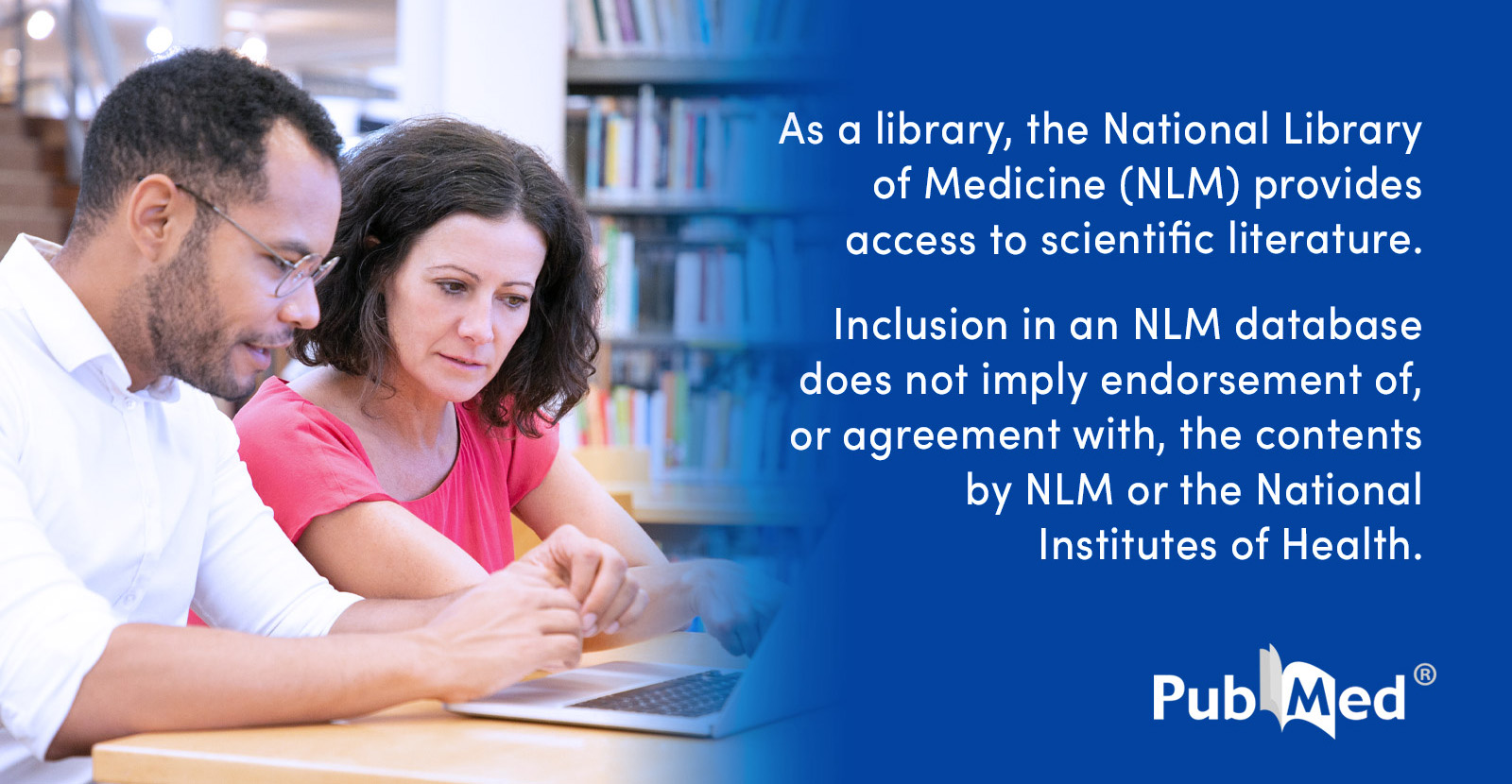Dihydrokavain
Dihydrokavain, one of the six major kavalactones, is known as the number 2 in chemotypes, and also referred to as DHK. Generally, this kavalactone is seen in higher percentages usually either in the first second or third location on chemotype. Even though this kavalactone is prominent, few studies have been focused directly on it in its purified form. One study focuses on rat brainstem and how DHK and kava extract affects gastric vagal response. They found that the responses suggested kava extract as superior to placebo as a symptomatic treatment for anxiety. The study identified up to 15 kavalactones, among them DHK which they found possesses a significant anxiolytic effect. It found this effect due to potentiating GABA inhibitory neurotransmission [1]. In a second study eight-day-old chicks were screened for social separation stress. They found that chicks which were separated from the group would experience greater stress and vocalize more. This indicating a state of anxiety. It was found that kava extract fractions containing the highest concentrations of DHK showed the largest ability to reduce anxiety. They also found that fractions of extract containing less than 15% DHK or none failed to modulate anxiety levels. These studies demonstrate that dihydrokavain may be both necessary and sufficient in mediating kava’s anxiolytic effects [2].
[1] Yuan CS, Dey L, Wang A, Mehendale S, Xie JT, Aung HH, Ang-Lee MK. Kavalactones and dihydrokavain modulate GABAergic activity in a rat gastric-brainstem preparation. Planta Med. 2002 Dec;68(12):1092-6. doi: 10.1055/s-2002-36338.

 pubmed.ncbi.nlm.nih.gov
pubmed.ncbi.nlm.nih.gov
[2] Smith, K., Dharmaratne, H., Feltenstein, M. et al. Anxiolytic effects of kava extract and kavalactones in the chick social separation-stress paradigm. Psychopharmacology 155, 86–90 (2001). https://link.springer.com/article/10.1007/s002130100686
Dihydrokavain, one of the six major kavalactones, is known as the number 2 in chemotypes, and also referred to as DHK. Generally, this kavalactone is seen in higher percentages usually either in the first second or third location on chemotype. Even though this kavalactone is prominent, few studies have been focused directly on it in its purified form. One study focuses on rat brainstem and how DHK and kava extract affects gastric vagal response. They found that the responses suggested kava extract as superior to placebo as a symptomatic treatment for anxiety. The study identified up to 15 kavalactones, among them DHK which they found possesses a significant anxiolytic effect. It found this effect due to potentiating GABA inhibitory neurotransmission [1]. In a second study eight-day-old chicks were screened for social separation stress. They found that chicks which were separated from the group would experience greater stress and vocalize more. This indicating a state of anxiety. It was found that kava extract fractions containing the highest concentrations of DHK showed the largest ability to reduce anxiety. They also found that fractions of extract containing less than 15% DHK or none failed to modulate anxiety levels. These studies demonstrate that dihydrokavain may be both necessary and sufficient in mediating kava’s anxiolytic effects [2].
[1] Yuan CS, Dey L, Wang A, Mehendale S, Xie JT, Aung HH, Ang-Lee MK. Kavalactones and dihydrokavain modulate GABAergic activity in a rat gastric-brainstem preparation. Planta Med. 2002 Dec;68(12):1092-6. doi: 10.1055/s-2002-36338.

Kavalactones and dihydrokavain modulate GABAergic activity in a rat gastric-brainstem preparation - PubMed
Using an in vitro neonatal rat gastric-brainstem preparation, the activity of majority neurons recorded in the nucleus tractus solitarius (NTS) of the brainstem were significantly inhibited by GABA A receptor agonist, muscimol (30 microM), and this inhibition was reversed by selective GABA A...
[2] Smith, K., Dharmaratne, H., Feltenstein, M. et al. Anxiolytic effects of kava extract and kavalactones in the chick social separation-stress paradigm. Psychopharmacology 155, 86–90 (2001). https://link.springer.com/article/10.1007/s002130100686


